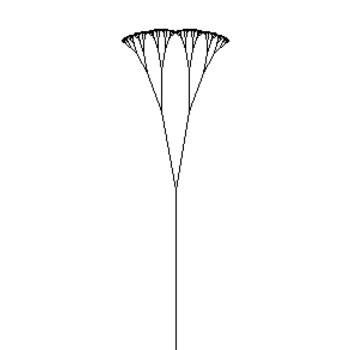A #5 L# container holds #16 # mol and #6 # mol of gasses A and B, respectively. Every three of molecules of gas B bind to four molecule of gas A and the reaction changes the temperature from #320^oK# to #450 ^oK#. By how much does the pressure change?
1 Answer
Apr 21, 2016
Explanation:
Caution : Dont write
Considering they are ideal gases, they follow
Here,
Note that,
we are given,
So,
So pressure is about

